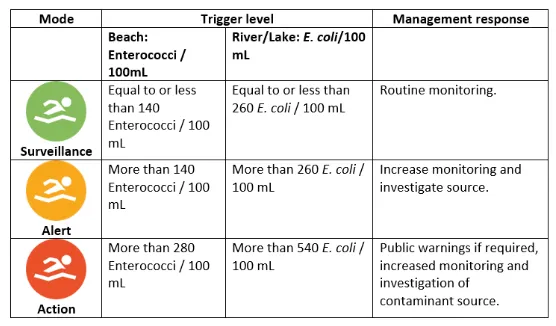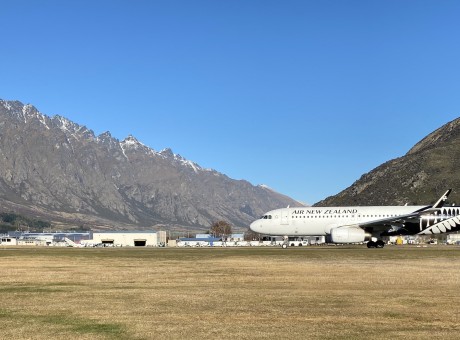Queenstown's lake heavily polluted after sewage spill

After initially supplying Crux with data that was taken on the third day of a raw sewage spill into the Frankton Arm of Lake Whakatipu the QLDC has now released test results that show highly elevated levels of e coli over the previous two days.
The tests show that pollution levels were high from the spill at 3.00 pm on Monday May 19th until the afternoon of the following day, Tuesday May 20th.
Previously the QLDC told Crux that test results proved that the spill was “well within permitted levels.” Crux checked with the Otago Regional Council who confirmed that the QLDC had no consent to spill any raw swage into the lake.
Upon checking the QLDC results it became clear the testing date was actually Wednesday May 21. Crux then requested results for days one and two (19 and 20 of May).
The council claims the spill only lasted for two minutes and involved 2,000 litres of sewage. Crux sources suggest the spill was more likely to have lasted five minutes and involved over 50,000 litres of raw sewage.
Lab results show the levels of e coli at the spill site were around ten times the contact recreational/swimming alert level for around 24 hours.
The safe and consented sewage discharge level is 260 CFU’s per 100 ml.
Monday May 19th.
E coli levels 2,420/2,420 MPN/100ml (equivalent to the same number of CFU’s)
Tuesday May 20th
E coli levels 1,299/2,420 MPN/100ml (equivalent to the same number of CFU’s)

The May 19 QLDC test results taken from the site of the spill

LAWA's swimming alert and safety scale
When asked to explain why QLDC only provided the day three test results and claimed the spill was within permitted levels, this was the reply.
We had pointed out to QLDC that the CEO of the Otago Regional Council had confirmed that there was no consent to discharge any raw sewage into the lake.
“The ongoing reference to ORC in your coverage is misplaced and misleading. As per our previous responses to you on this matter, all references to E. coli levels following Monday’s wastewater overflow relate to LAWA’s national guidance on contact recreation as per the publicly available information on its website here: Land, Air, Water Aotearoa (LAWA) - Beach and freshwater recreational monitoring
“Our comments prior to receiving results on Wednesday were designed to be helpful in answering your query on behalf of your readers.
“They were based on the observed fact that once an overflow has been stopped, the concentration of wastewater and associated levels of E. coli in the receiving body (in this case Lake Whakatipu) dissipates over time.
“The exact duration depends on the nature and location of the overflow and this was taken into account in our comment to you. Wednesday’s results shared with you last week are precisely not “out of date and meaningless” given they demonstrate E. coli levels had reduced to within LAWA guidance, and it was this result that allowed us to remove the warning signage.”
Source: QLDC comms/PR team May 26th.
It is noteworthy that the QLDC tests usually use CFU’s per 100ml but on this occasion were switched to the less common MPN units.
CFU counts the number of visible colonies that grow on a solid medium, while MPN uses a statistical approach based on the probability of bacterial growth in a liquid medium.
The enumerated Escherichia coli concentrations in MPN are greater than those in CFU, except for the measurement in winter. Especially in autumn.

























